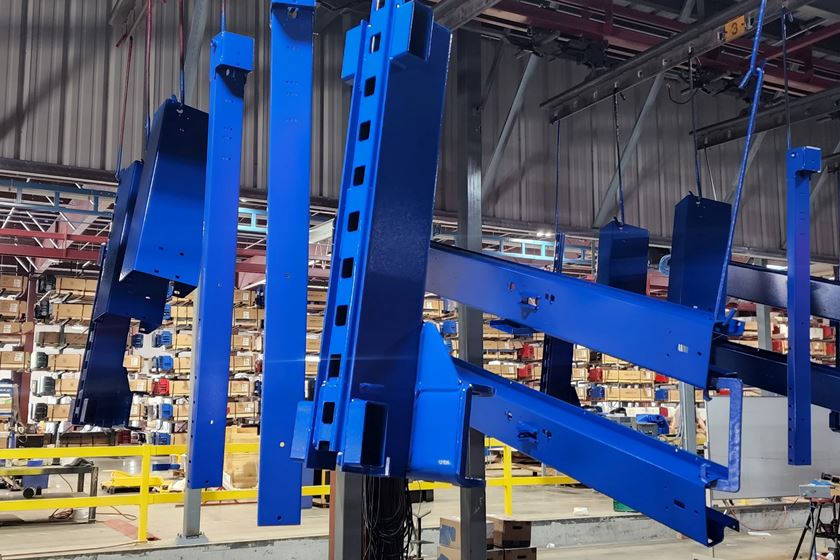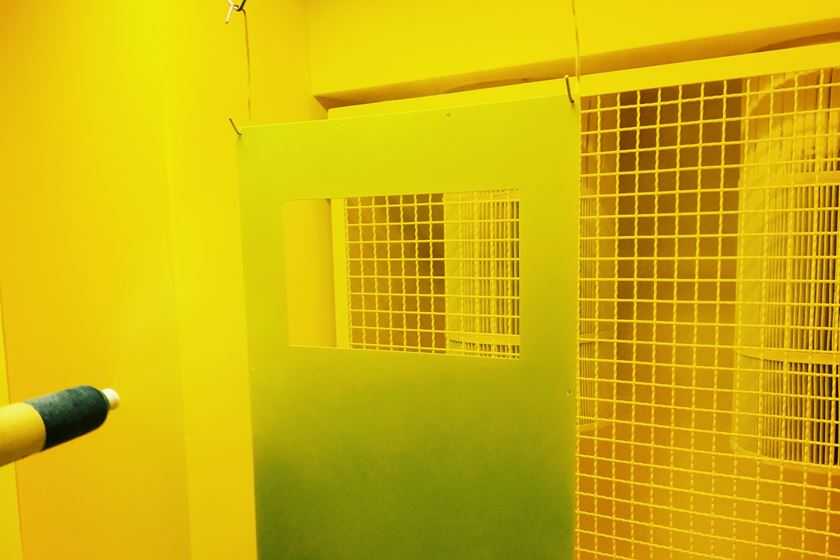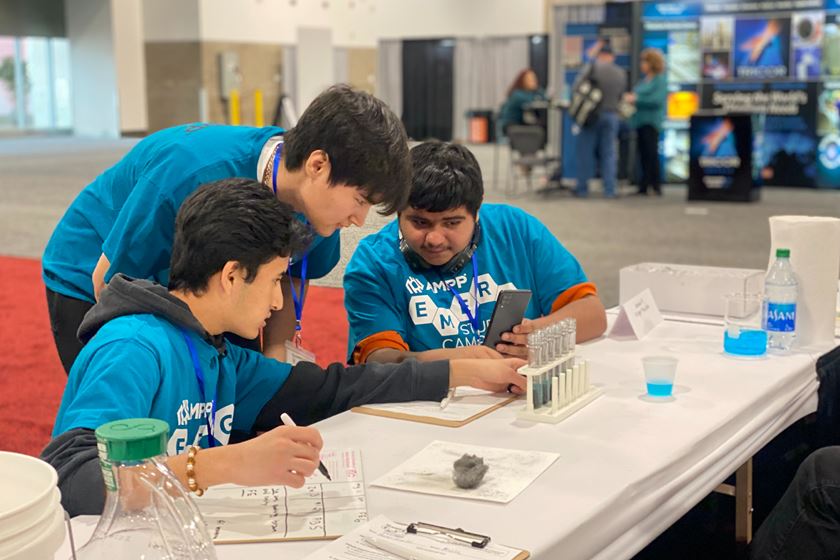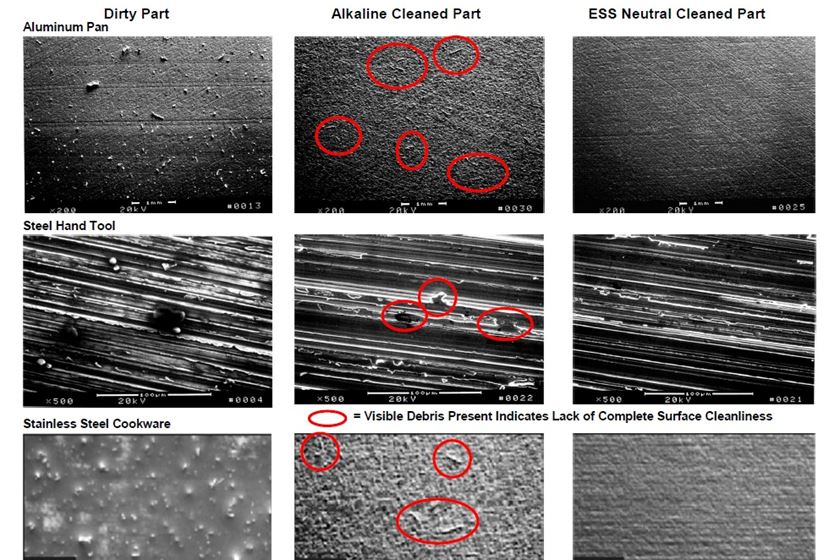CNP Myszkow Launches Disruptive Anticorrosion Coating
ZMspin coating is based on an alloy of magnesium, aluminum, and zinc, applied in the process of hot-dip galvanizing with centrifugation.

CNP Myszkow has developed and launched a new coating based on an alloy of magnesium, aluminum, and zinc, applied in the process of hot-dip galvanizing with centrifugation. The coating is offered on the market under the name ZMspin and is dedicated to fasteners such as screws, nuts, washers, pins, and other types of fasteners.
ZMspin coating gives spectacular results in salt chamber testing, where the tested items do not show traces of corrosion even after 3000h. The technological process does not use acids to activate the surface, and thus the parts have no possibility of hydrogen embrittlement. Additionally, low bath temperature is used in the ZMspin coating galvanizing process. This provides additional assurance that components subjected to the ZMspin galvanizing process will not be at risk of hydrogen embrittlement. The technological process generates much less waste concerning the classic hot-dip galvanizing, which allows reducing the negative impact on the environment.
ZMspin coating allows reducing maintenance costs of steel structures. Thanks to its properties, potential damage to the anti-corrosion coating during assembly is reduced to a minimum. ZMspin can be successfully used in applications currently requiring DUPLEX coating.
ZMspin coating applied to fasteners allows unifying anticorrosion protection used for automotive parts, where currently sheets with MgAlZn coating are widely used, thus providing an alternative to the flake coatings of Zinc.
CNP Myszkow | www.zmspin.com
RELATED CONTENT
-
Smut and Desmutting
Question: I am new to this industry and have heard about smut and desmutting operations.
-
Stripping of Plated Finishes
The processes, chemicals and equipment, plus control and troubleshooting.
-
Copper Plating on Aluminum and Aluminum Alloys
How can I plate copper on aluminum?















